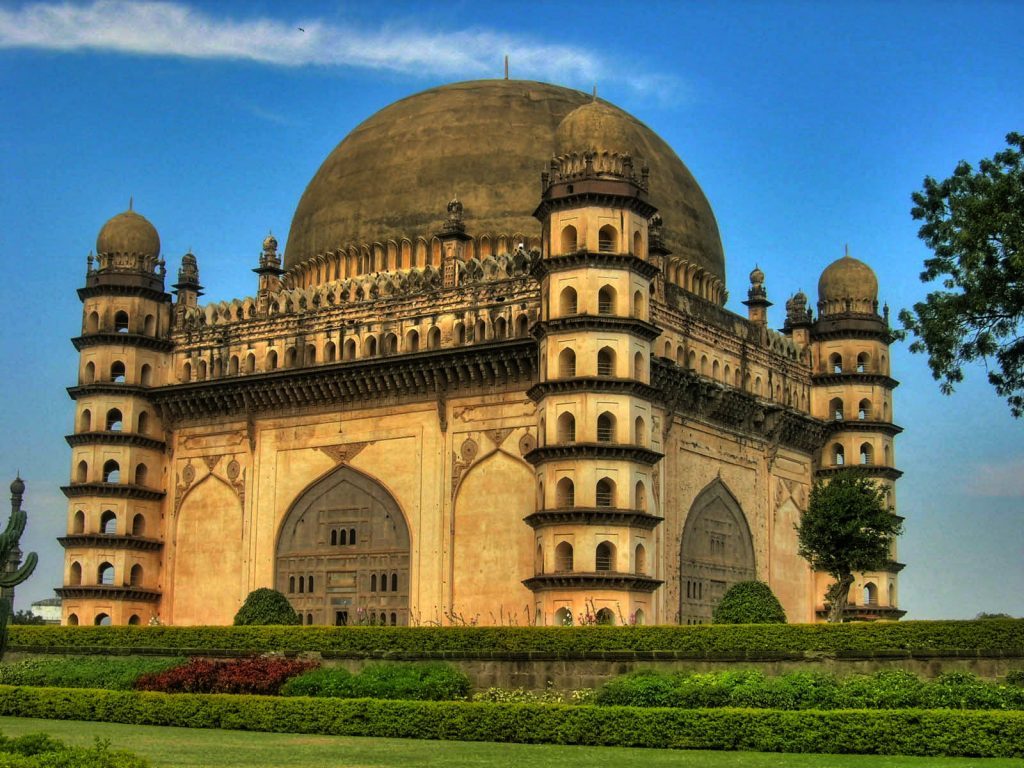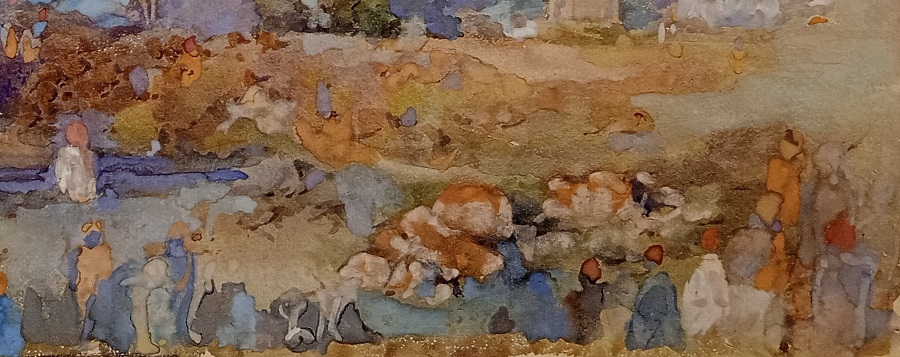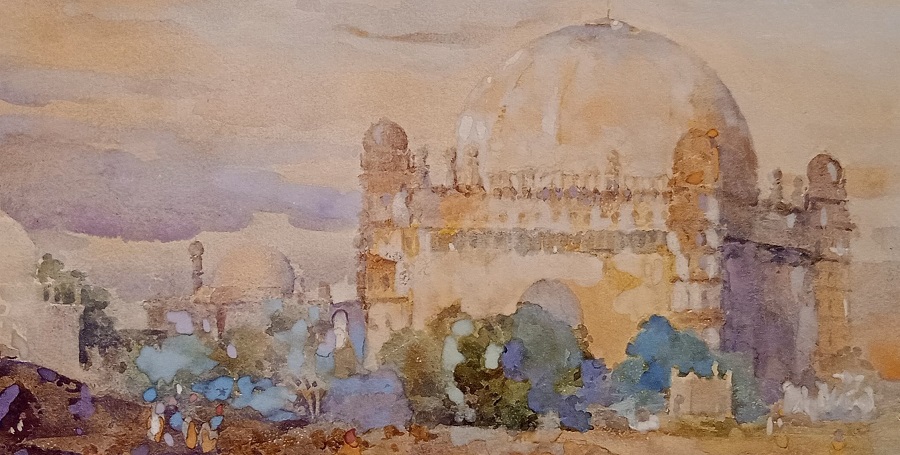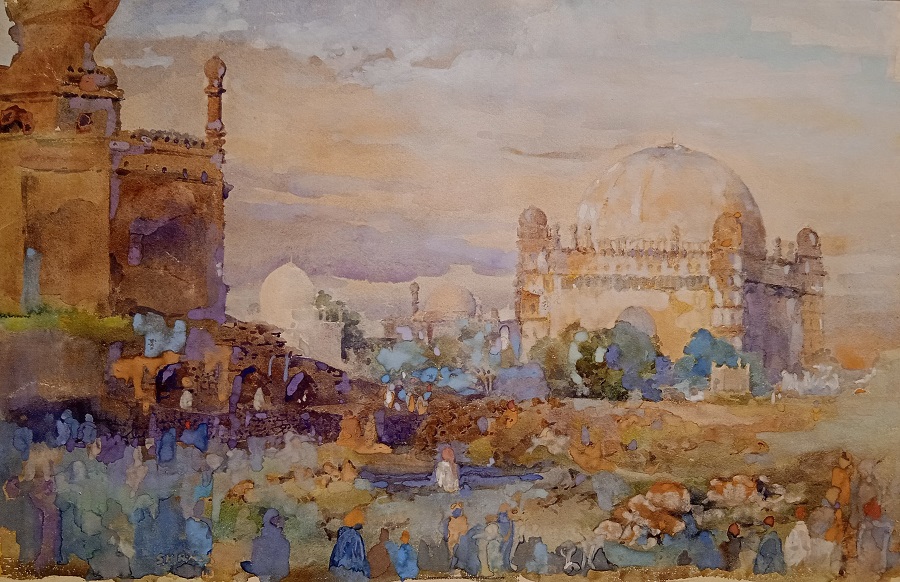Gol Gumbaz is a mausoleum of Mohammed Adil Shah, who ruled Bijapur between 1627 and 1656, and this monument considered as Taj Mahal of South India. Gol Gumbaz is one magnificent edifice that is an excellent example of Deccan Architecture; it is counted among the giant domes, without being supported by pillars, and one of the most unique tombs ever constructed in India; and also one of the most giant single-chambered structures of the world.
Bijapur is a land of Islamic architectural monuments like the Gol Gumbaz, attracting attention from all over the world. The Gol Gumbaz has a memorial edifice of Mohammed Adil Shah, his wife Arus Bibi, and his daughter and grandson, construction was started in 1626 and completed in 1656.

The chronology and Indo-Islamic architecture make Gol Gumbaz unique and significant in Indian history. The stunning element of Gol Gumbaz is the winding staircase, also known as the ‘whispering gallery’, which brings the faintest sound from here across the dome; the sound pushed inside echoes back 7 times. This Islamic architecture is amusing, with many layers of speciality and history; as an architectural form, Gol Gumbaz is significant.
Raza’s Painting on Gol Gumbaz
S H Raza, the leading figure of Modern Indian art, is fond of these historical monuments and painted this memorial in 1943, Gol Gummad. Raza’s interests in expressionistic landscapes are visually narrated in this watercolour painting; he travelled a lot before forming the Progressive Art Movement in Bombay and portrayed many landscapes and townscapes. The poetical expression of Raza’s visual language monumentally depicts these monuments, bringing the beauty of the architecture, people and the surrounding space into an abstract physique. In a wide-angle view, Raza illustrates these monuments, and people are sitting on the premise of the tomb.

The Gol Gummad is a painting of Raza about the poetical architecture of Islamic rule in India. Why the Gol Gumbaz is prominent in Indian history, and how can we confront the painting of Raza on this architectural beauty? At the beginning career, Raza became a master of watercolour, and he used to depict the architectural magnificence of the 17th century. Nothing is visually composed; the abstract physique of this landscape and the people sitting and looking at the subject of attraction merge. People are harmonised in the beauty of the landscape, the landscape floats into people’s aura, and the architecture is dispersed out to the ambience of trees and flowers.
Is painting considered the poetry of colours? What is the point of poetry and paintings in the same stature and range? Music and poetry often treat as supreme art; sometimes, paintings are viewed as poetry. This landscape painting contains people, their things, architecture, trees, flowers, and paths.
The interaction of poetry with colours is a stunning element of Raza’s Gol Gummad; the watercolour medium gives this element of beauty to this painting, and Raza often treats as an artist of ‘Soundless poems’. There is no sound in this Gol Gummad painting, but it echoes with forms that merge with other forms; water is a feature of creating paths between those forms. Very narrow paths make them a harmonious composition.

The artist can bring trails and reroute paths when colours blend with water. That routes are not a route to convey the connotation but the abstraction of visual experience.

Krispin Joseph PX, a poet and journalist, completed an MFA in art history and visual studies at the University of Hyderabad.





